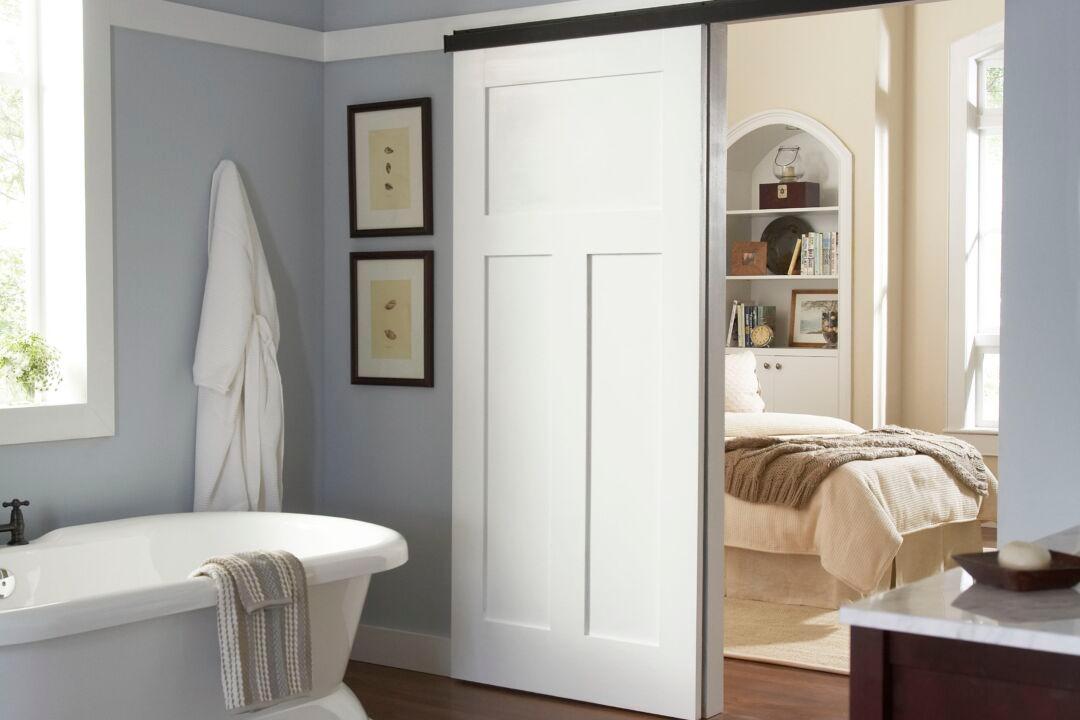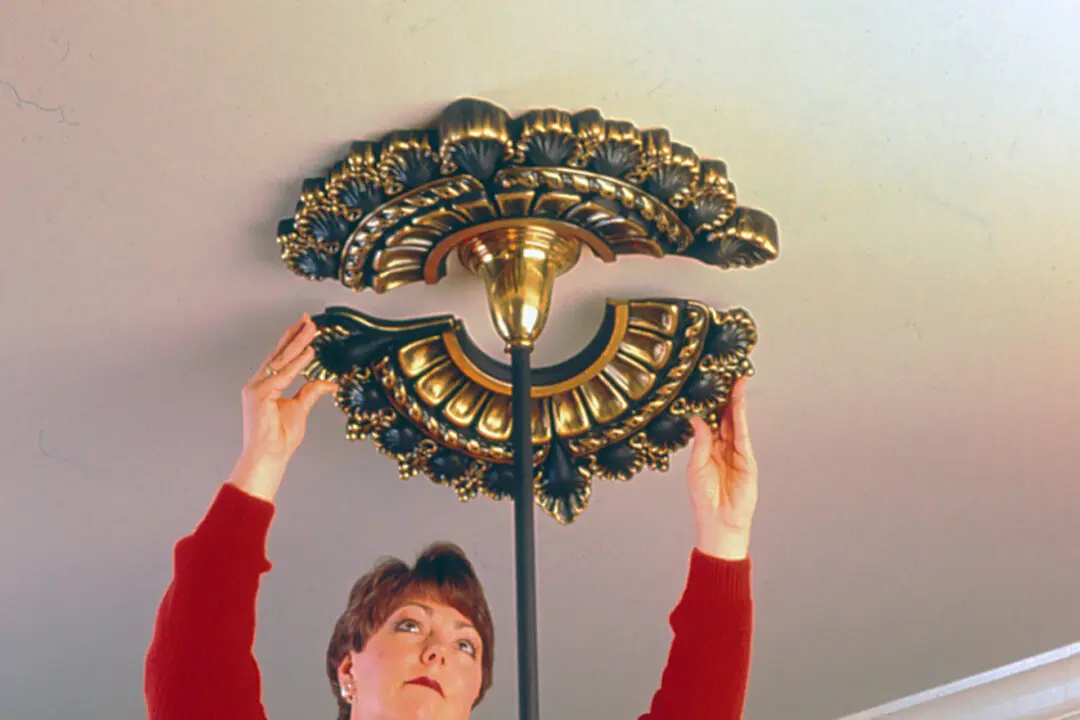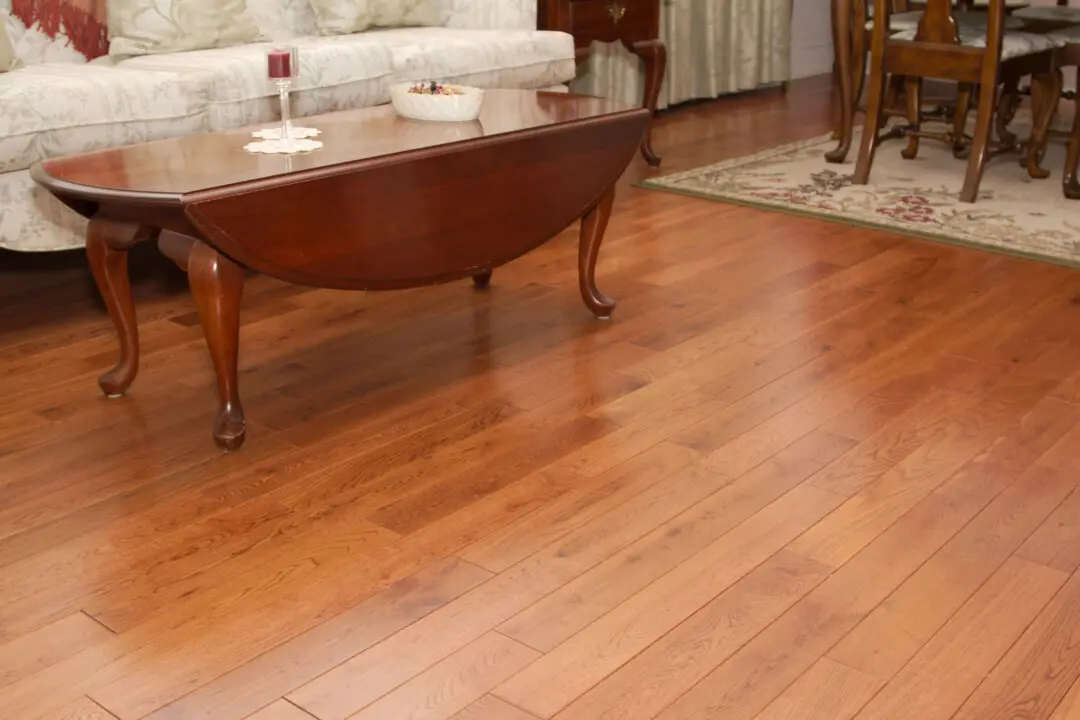A pocket door has long been a solution to create privacy when a traditional door doesn’t work. In some tight spaces there’s no swinging room for the door because of furniture or the door swings into a passageway. That works nicely when the walls are drywall, and the pocket door can neatly slide into the wall cavity. The challenge is walls around a doorway that may conceal electrical or plumbing lines that can’t be moved. And if the walls around your doorway are made of brick or cement, that presents another problem.
Enter the solution: a wall-mounted door with a track-and-roller system that attaches directly to the wall above the door. The top-hung system has heavy, ball-bearing hangers that distribute weight evenly, and has a built-in fascia that hides the hangers. Like a pocket door, it’s a good choice in a tight space where there’s not enough swing room for a standard hinged door. And since the door slides open, furniture can be placed beside the doorway without interfering with the door’s operation.





